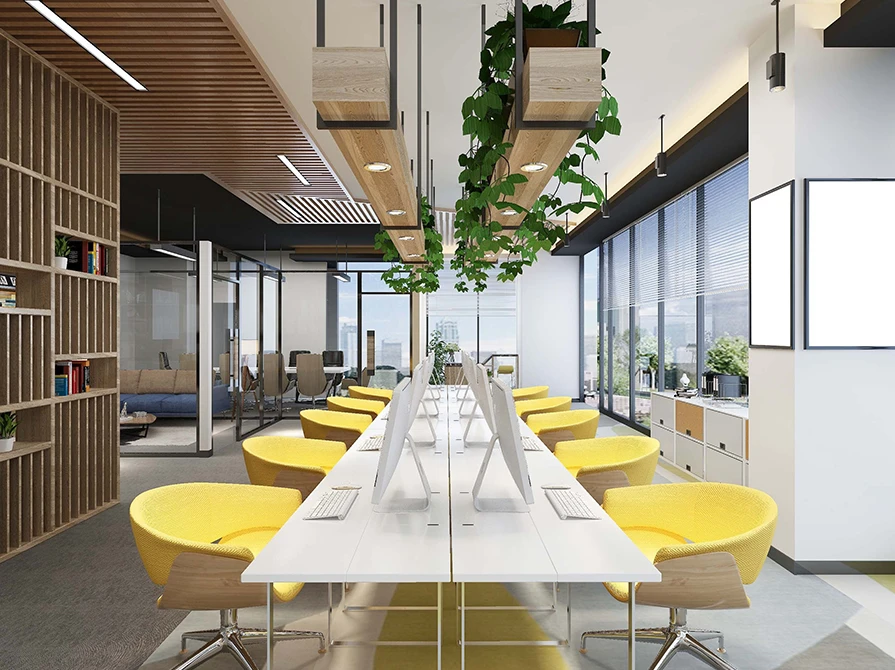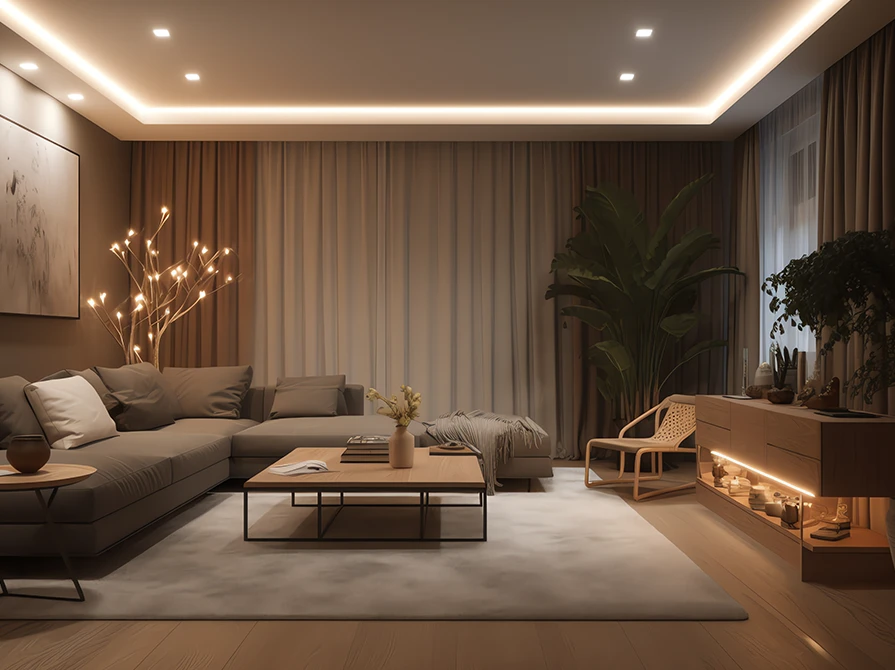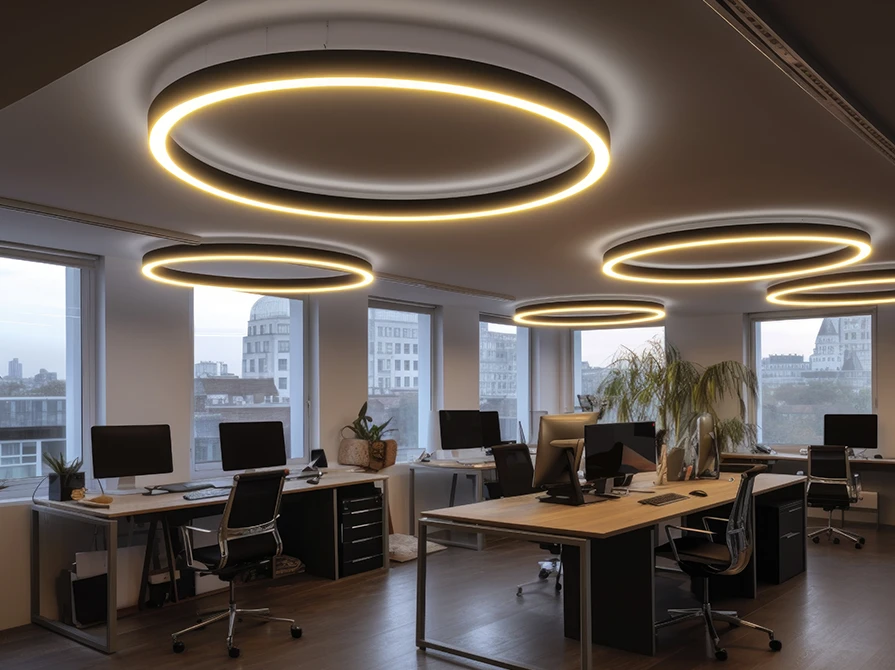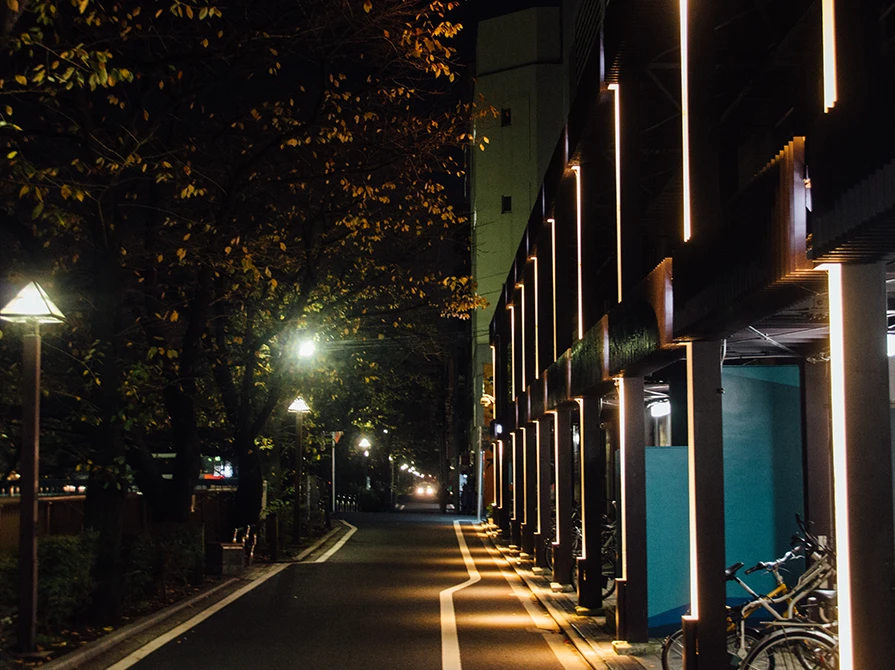

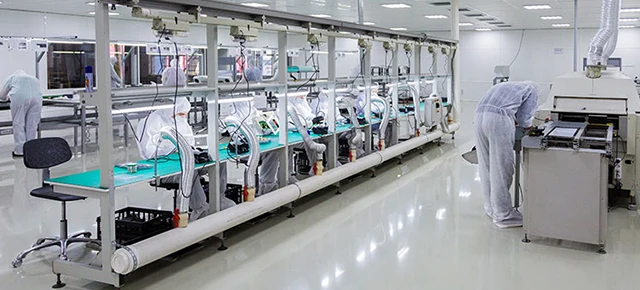
Cleanrooms play a critical role in industries such as semiconductor manufacturing, pharmaceuticals, biotechnology, and electronics assembly. These controlled environments are designed to minimize airborne particles, pollutants, and contaminants to ensure product quality and safety. However, maintaining the stringent cleanliness standards of cleanrooms presents unique challenges, particularly in terms of lighting. In this blog, we explore the challenges posed by cleanrooms and the importance of specialized lighting solutions in meeting their unique requirements.
Cleanrooms are classified based on the maximum allowable concentration of airborne particles per cubic meter. Each classification, ranging from ISO Class 1 to ISO Class 9, has specific cleanliness standards that must be met. Achieving and maintaining these standards requires meticulous control of airborne contaminants, including dust, microbes, and aerosols. Implementing lighting solutions that comply with these standards is essential to prevent contamination and maintain cleanroom integrity.
One of the primary challenges in cleanrooms is controlling contamination from various sources, including personnel, equipment, and materials. Lighting fixtures themselves can be sources of contamination if they shed particles or generate heat that disrupts airflow patterns. Therefore, cleanroom lighting solutions must be designed to minimize particle shedding, resist microbial growth, and withstand rigorous cleaning and sterilization procedures. By choosing contamination-resistant lighting fixtures, cleanroom operators can mitigate the risk of introducing contaminants into the environment.
Traditional lighting sources, such as fluorescent lamps, can emit particles and UV radiation, which pose contamination risks in cleanrooms. Additionally, heat generated by lighting fixtures can disrupt laminar airflow and create turbulent zones where airborne particles accumulate. Specialized cleanroom lighting fixtures are designed to minimize particle emissions, heat generation, and airflow disruption to maintain cleanroom integrity. By selecting lighting fixtures with low particle emission and efficient heat dissipation properties, cleanroom operators can minimize the risk of particle contamination and ensure consistent airflow within the controlled environment.
Adherence to regulatory standards is paramount in industries like pharmaceuticals, biotechnology, and healthcare to ensure product quality and patient safety. Cleanroom lighting solutions must undergo rigorous testing to verify compliance with Good Manufacturing Practices (GMP) and International Organization for Standardization (ISO) guidelines. These standards dictate cleanliness, safety, and performance criteria, which lighting fixtures must meet to maintain regulatory approval and uphold industry best practices.
In cleanroom environments, precision lighting plays a crucial role in supporting critical tasks such as inspection and assembly. Lighting fixtures must deliver uniform illumination across the workspace, minimizing glare, shadows, and color distortion. Achieving accurate visual assessments requires lighting controls that allow for precise adjustment of light intensity and direction, accommodating diverse tasks, workflows, and user preferences within the cleanroom setting. Adjustable lighting solutions ensure optimal visibility and comfort for personnel performing intricate operations in controlled environments.
In electronic manufacturing cleanrooms, where sensitive components and semiconductor devices are prevalent, the risk of electrostatic discharge (ESD) is a major concern. Without adequate protection, lighting fixtures can contribute to this risk by accumulating static charges or emitting electromagnetic interference (EMI), potentially damaging critical components. To mitigate this threat, cleanroom lighting solutions must incorporate robust ESD protection measures, such as grounded enclosures, static-dissipative materials, and effective EMI shielding. By implementing these safeguards, cleanroom facilities can safeguard against ESD-related disruptions and ensure the integrity of their manufacturing processes.
Cleanroom lighting fixtures must seamlessly integrate with the existing infrastructure, ensuring they harmonize with ceiling grids, HVAC systems, and interlocking doors. It's imperative that the installation of lighting fixtures doesn't compromise the structural integrity of the cleanroom or disrupt airflow patterns critical for maintaining cleanliness. Furthermore, routine maintenance and replacement of lighting components should be carried out without causing any disruptions to ongoing cleanroom operations or compromising the stringent cleanliness standards in place. By ensuring seamless integration, structural integrity, and efficient maintenance practices, cleanroom facilities can uphold the highest standards of cleanliness and operational efficiency.
In addition to meeting cleanliness and safety requirements, cleanroom lighting solutions should also prioritize energy efficiency and sustainability. Energy-efficient lighting technologies, such as LED fixtures, can significantly reduce energy consumption and operational costs while minimizing environmental impact. Furthermore, incorporating lighting controls, such as occupancy sensors and daylight harvesting systems, can further optimize energy usage by adjusting lighting levels based on occupancy and natural light availability. By embracing energy-efficient and sustainable lighting solutions, cleanroom facilities can contribute to environmental stewardship and long-term cost savings.
Cleanroom lighting requirements may vary depending on the specific application, industry standards, and regulatory guidelines. Therefore, cleanroom lighting solutions should offer customization options and flexibility to accommodate diverse needs and preferences. Modular lighting systems that allow for easy configuration and adjustment can adapt to changing cleanroom layouts, workflow requirements, and lighting conditions. Additionally, the ability to integrate advanced lighting controls and dimming capabilities enables users to tailor lighting settings to specific tasks, environments, and user preferences. Customizable and flexible lighting solutions empower cleanroom facilities to optimize lighting performance and enhance operational efficiency.
As part of the broader trend towards smart buildings and Industry 4.0 initiatives, cleanroom lighting systems can benefit from integration with advanced technologies and digital platforms. Smart lighting solutions equipped with Internet of Things (IoT) capabilities, wireless connectivity, and data analytics enable real-time monitoring, predictive maintenance, and remote control of lighting systems. By leveraging smart building technologies, cleanroom facilities can enhance operational efficiency, optimize energy usage, and improve maintenance practices. Furthermore, integration with building management systems (BMS) and facility automation platforms facilitates seamless coordination of lighting, HVAC, and other building systems, enhancing overall facility performance and productivity.
Cleanrooms present unique challenges in terms of contamination control, precision lighting requirements, regulatory compliance, and compatibility with cleanroom infrastructure. Specialized lighting solutions designed specifically for cleanroom environments are essential to address these challenges and maintain cleanroom integrity while supporting critical manufacturing processes. By investing in specialized cleanroom lighting, industries can ensure product quality, safety, and compliance with regulatory standards while optimizing operational efficiency in controlled environments. Contact us to know more about how you can tackle cleanroom lighting challenges with our specialized solutions.
